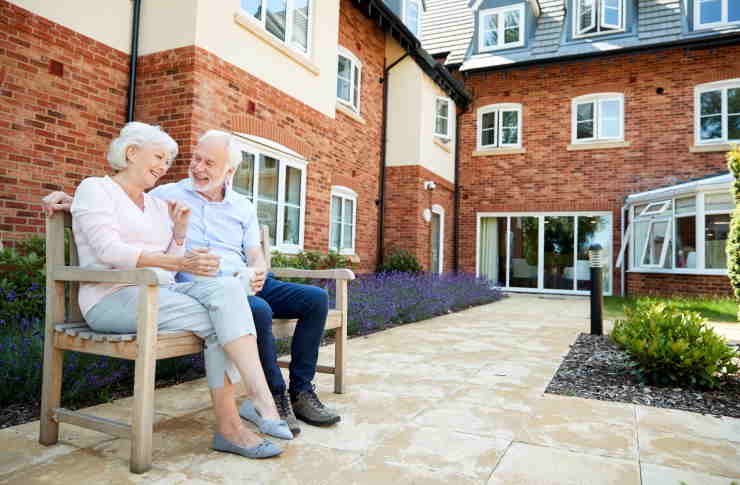Understanding Senior Living: A Complete Guide to Modern Retirement Communities
Senior living communities have evolved significantly to meet the diverse needs and preferences of today's retirees. These carefully designed residential environments offer various accommodation options, services, and amenities that promote active, independent lifestyles while providing necessary support when needed.

Exploring Different Types of Senior Living Options
Senior living encompasses several distinct categories to accommodate various lifestyle preferences and care requirements. Independent living communities cater to active seniors who want maintenance-free living with social opportunities. Assisted living provides additional support with daily activities, while memory care specializes in cognitive health support. Continuing Care Retirement Communities (CCRCs) offer multiple levels of care within one campus.
Benefits of Two-Bedroom Senior Living Apartments
Two-bedroom apartments are increasingly popular in senior communities, offering several advantages. The extra space allows residents to maintain a home office, accommodate visiting family, or share living space with a companion. These layouts typically include full kitchens, separate living areas, and storage space, providing a comfortable transition from traditional home living.
Understanding the Costs of Senior Living Communities
The cost of senior living varies significantly based on location, amenities, and level of care required. Two-bedroom units typically command higher monthly fees than studios or one-bedroom options.
| Housing Type | Average Monthly Cost | Typical Amenities Included |
|---|---|---|
| Independent Living | $2,500 - $4,500 | Meals, Housekeeping, Activities |
| Assisted Living | $4,000 - $6,000 | Above + Personal Care Services |
| Memory Care | $5,000 - $7,000 | Above + Specialized Care |
Prices, rates, or cost estimates mentioned in this article are based on the latest available information but may change over time. Independent research is advised before making financial decisions.
Creating Community Through Social Engagement
Senior living communities prioritize social connection through organized activities, shared spaces, and group events. Residents can participate in fitness classes, hobby groups, educational programs, and social gatherings. These interactions help prevent isolation and promote mental and emotional well-being among elderly community members.
Making the Transition to Senior Living
The decision to move to a senior living community represents a significant life change. Success often depends on careful planning, including touring multiple facilities, understanding contract terms, and gradually transitioning belongings. Many communities offer trial stays or respite care options to help potential residents experience community living before making a long-term commitment.
This article is for informational purposes only and should not be considered medical advice. Please consult a qualified healthcare professional for personalized guidance and treatment.






